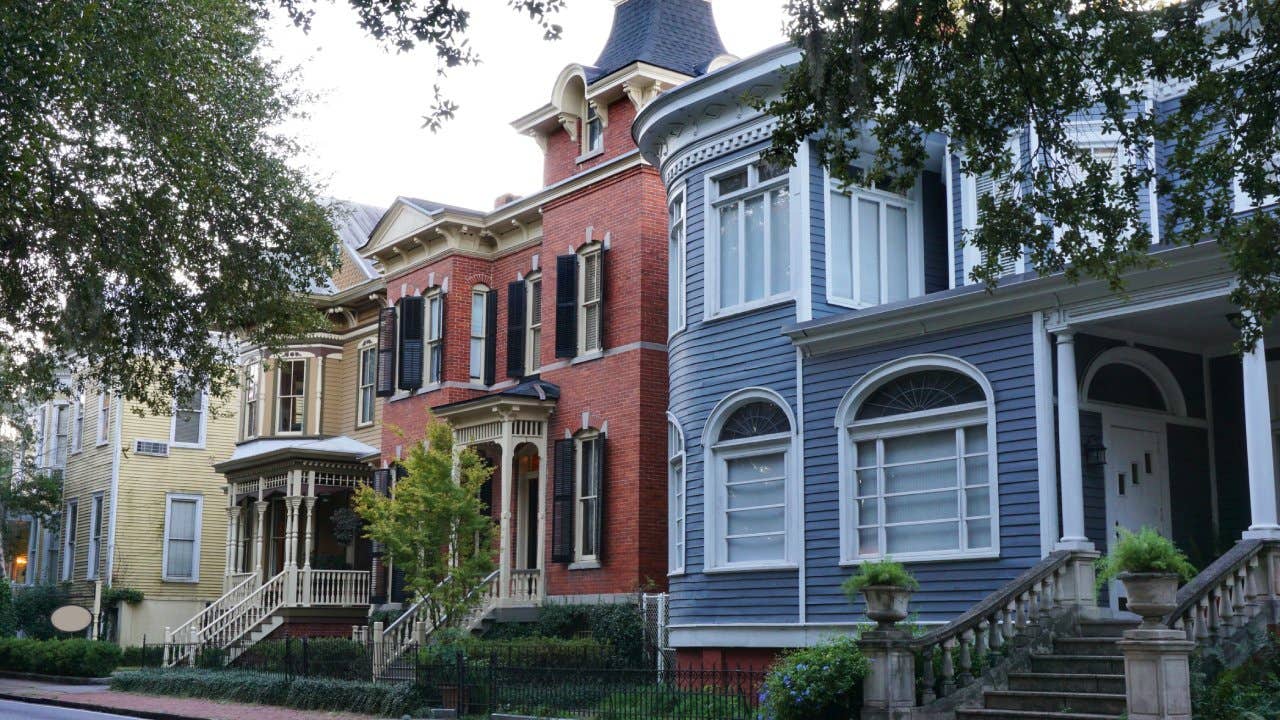What is historic preservation?

Historic preservation applies to the protection of structures, landmarks and natural areas that have been officially deemed “historically significant.” The process of preserving and protecting these sites can be done through conservation, restoration or reconstruction. If you buy a home that is landmarked or located in a designated historic district, there may be strict rules about its maintenance and alteration.
Historic preservation agencies
Historic preservation efforts can be found on the national, state and local level.
The National Park Service is responsible for many preservation programs and maintains the National Register of Historic Places, the nation’s inventory of properties deemed to be central to its history and worthy of recognition and preservation. These sites are typically either of great historical significance or of great artistic value. It was created by the National Historic Preservation Act of 1966 and includes more than 95,000 buildings and sites representing local, state or nationally significant people, places and events. To qualify for the registry, a site must meet stringent criteria for historical significance.
Each state keeps up with these programs through its own historic preservation agency, or State Historic Preservation Office (SHPO). Many communities also have a Historic Preservation Commission that is responsible for enforcing the local preservation ordinances. In addition, there are many nonprofit organizations involved in preserving local or regional history and heritage.
Historic preservation and real estate
Once a building, landmark or parcel of land is recognized as historically significant, its owners may be eligible for federal tax deductions. In addition to tax assistance, owners of registered properties may seek grants or other funds for renovations and upkeep.
This includes private homes: Owning a property deemed as historically significant does not obligate one to open the home or site to the general public.
However, federal or state guidelines may restrict the changes that can be made to the property. This is likely also true for any home located within the boundaries of a designated historic district. Local landmark guidelines may also apply.
A homeowner can renovate a home that is landmarked, but will almost certainly need approval from the local historic commission or other authorities. In some communities, the municipality will maintain a list of recommended architects and contractors and may even have preferred materials, hardware, paint colors and other design elements to keep with the historical integrity of the home or area. If a home is landmarked, there may be additional restrictions on what types of renovations are allowed. These vary based on the municipality, but may include changes to windows and shutters, exterior paint and additions. The situation is similar to following the rules of a homeowners association, but the rules are actual law rather than HOA regulations.
Bottom line
Historic preservation occurs at all levels of government, from federal to local, and aims to protect buildings and sites of particular historical importance. If you’re considering buying a home or property with landmark or historic designation, reach out to your local historic preservation office for guidance — there may be very strict laws around usage and alteration of these types of properties.
You may also like

What is an asset protection trust (APT)?

What is dwelling coverage in a home insurance policy?




